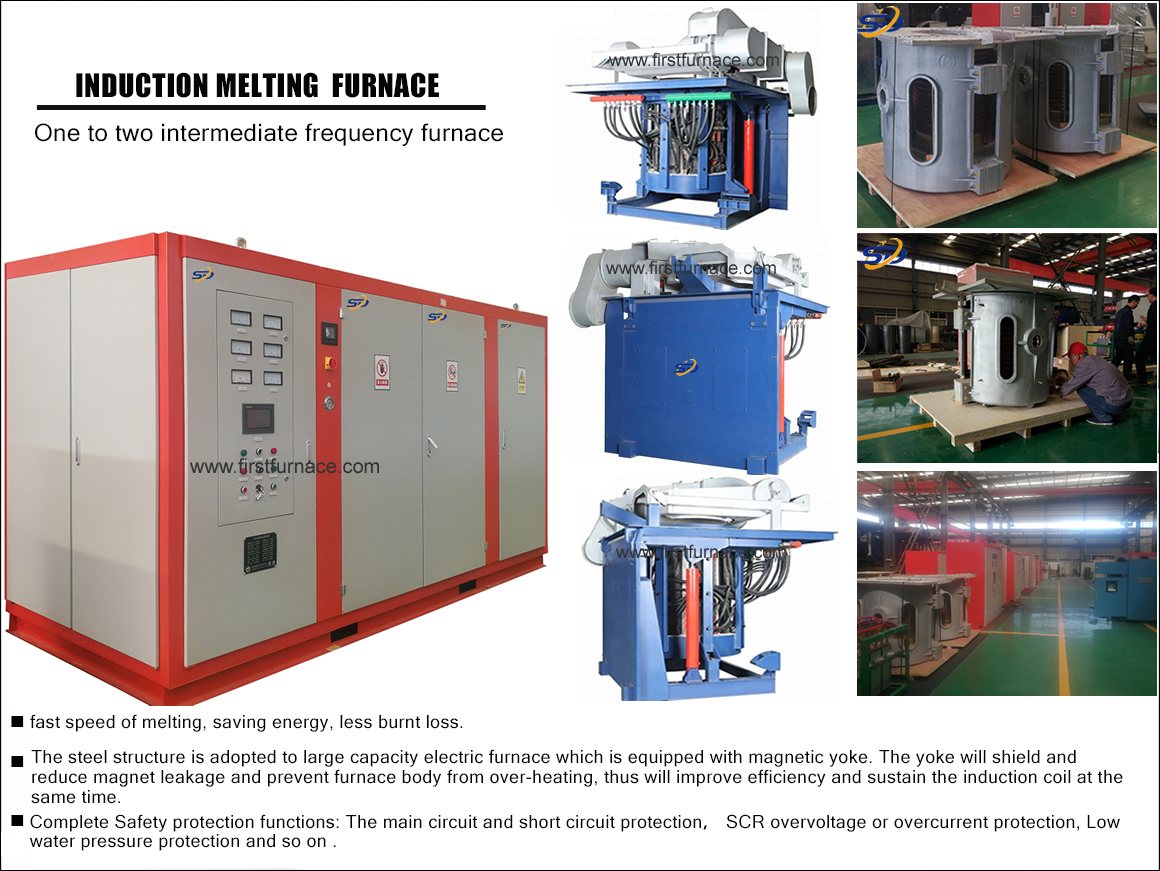Contact
Tel: 18037961302
Sales hot line ( 24 hours service): 18037961302
Sales hot line ( 24 hours service): 18037961302
E-Mail: firstfurnace@gmail.com
whatsapp:+8618037961302
Adress: Luoxin Industrial Park, Luoyang, HenanLarge diameter steel pipe quen
Piston rod quenching and tempe
Grinding rod quenching and tem
High frequency induction heate
Quenching equipment for machin
Round steel end heating furnac
Steel pipe heat treatment prod
Square steel quenching and tem
Sucker rod quenching and tempe
Thickened petroleum steel pipe
Round steel quenching and temp
Steel pipe quenching and tempe
Steel plate quenching and temp
Induction Hardening Machine&nb
Flywheel ring gear high freque
Industrial electric furnace technical information
How many do you know about six methods for safe operation of induction melting furnace?
1. Preparation and inspection before opening the induction melting furnace
1. Whether the water gauge pressure indicator is normal to determine the cooling water pressure;
2. Check if the cooling water tank is blocked;
3. Check whether the cooling water pipe joints of SCR tubes, capacitors, filter reactors and water-cooled cables are corroded or leaked;
4. Check whether the inlet water temperature meets the requirements;
5. Whether there are attachments (such as conductive dust, residual iron, etc.) on the outside surface, gate, and bottom of the induction coil. If it is blown off with compressed air;
6. Whether there are cracks at the junction of the furnace lining and the tap hole in the furnace lining, the cracks above 3mm should be filled with the furnace lining material for repair, and whether the furnace lining at the bottom and the slag line is locally corroded or thinned;
7. Check whether there is heat and discoloration caused by poor contact in the copper bar wire joints of the main circuit, and if so, tighten the screws;
8. Check whether the instrument indication on the control instrument indication panel in the cabinet is normal;
9. Check whether the leaking furnace alarm device is normal and whether the indicating current is within a certain value;
10. Trial run the oil pump to check whether the hydraulic system oil level, pressure, leakage, tilting furnace and furnace cover cylinders are smooth, normal and flexible;
11. Whether there is debris (magnetic substance) in the furnace bottom pit, it will generate heat if it is not cleaned;
12. Whether there is water or dampness in the molten iron furnace pit, if there is, it should be eliminated and dried;
2. Start-up operation of induction melting furnace
1. Close the low-voltage switch box switch of the incoming line, observe whether the three-phase incoming line voltage and ammeter indicate whether it is normal, and adjust the power adjustment potentiometer to the minimum value;
2. Press the control power switch on button, press the "main circuit switch on button" after 2 to 3 seconds, then press the "inverter start button", the intermediate frequency power supply starts to work, at this time the DC voltmeter, ammeter, intermediate frequency frequency meter, The power meter has instructions;
3. After the start is successful, slowly adjust the power knob to the required power position and input the power; if the intermediate frequency is not established (that is, the start fails), press the "inverter stop" button to reset it, and then press "inverter start" again. can.
3. Shutdown operation of induction melting furnace
1. When stopping, first turn the power adjustment button to a smaller position, and then press the "inverter stop" button.
2. If you need to stop for a long time, press the "Inverter stop" first, then press the main current disconnect button, and finally press the "Control power disconnect" button. (The above steps can not be operated upside down!) At this time, you can turn off the internal circulating cooling water of the intermediate frequency power supply and the electric heating capacitor (referring to stop the operation of the circulating water pump of the system), and the internal and external circulation system of the furnace body should wait until the surface temperature of the furnace lining is reduced to 100<C The following time (generally 72 hours should be passed), the pump can be stopped and the water operation can be stopped.
3. If cooling water is stopped in winter, it must be considered that the water in the pipeline will freeze and crack the water pipe (the method of heat preservation, draining water, adding water glycol, etc. can be used).
4. Cold start of induction melting furnace
The cold start process requires sufficient time for the lining material to expand reversibly and seal the cracks caused by thermal shock before any molten metal contacts the lining.
During the cold start process, 3 to 4 K-type thermocouples should be used to detect the temperature. The thermocouples should be placed close to the furnace wall or bottom. For induction melting furnaces, the temperature of the thermocouple in the middle of the effective coil is the control temperature. In addition, gas combustion can be added at the bottom of the furnace to help reduce the temperature difference between the upper part of the furnace and the entire furnace lining. ...
For example, the cold start time of a 5-ton furnace: within 2h, the solid material in the furnace is heated to 1100<C (heating rate: 4t゛15t furnace does not exceed 150<C/h, and larger than 15t furnace does not exceed 100<C/h). Keep the temperature at 1100<C for 3h, and quickly melt the charge after the heat preservation is over and put it into normal use. ...
Start with low power transmission, gradually increase the power (to 20% to 30% of the full power for 15 minutes), make the small cracks appearing when the furnace lining is cooled, and finally send the full power).
5. The operation of the induction melting furnace in use
1. Observe the cooling water (temperature, water pressure, flow rate) on the internal and external circulating water system at any time. To
If a branch is found to have low water flow, leakage, blockage, or high temperature, the power should be reduced or shut down for treatment;
If it is found that the furnace body cooling system is powered off or the pump is stopped due to failure, the furnace body cooling water should be stopped immediately, and the melting should be stopped immediately;
a. Start the water pump with standby power supply;
b. Or start the emergency diesel generator to supply power and start the emergency circulating cooling system;
c. Or open the tap water (or emergency water tank) directly into the cooling (open the drain at the same time), and directly discharge the water after the furnace body has cooled;
d. It can't be processed in a short time, and the water circulation is difficult to recover for a while, so the molten iron in the furnace should be emptied to avoid the molten iron becoming iron nuggets due to the long-term cooling of the molten iron, which is difficult to take out from the furnace;
2. Observe the various indicating instruments on the door of the induction melting furnace power supply cabinet at any time, and adjust the input of the intermediate frequency power in time to obtain the best melting effect and avoid long-term low-power operation.
3. Pay close attention to the current indication value of the leakage current indicator to grasp the change of the thickness of the furnace lining. When the indicator needle reaches the warning limit value, the furnace should be stopped and rebuilt.
4. If the protection indication suddenly appears during normal operation, the power knob should be adjusted to the minimum position, and the "inverter stop" should be pressed immediately to find out the cause, and then start again after troubleshooting.
5. If there is an emergency or abnormal situation, such as abnormal sound, smell, smoke, fire or a sharp drop in output voltage, the output current will rise sharply, and the intermediate frequency will increase compared with normal operation, and leakage current (furnace lining alarm) The value fluctuates greatly, which may be caused by the thinning of the furnace lining, the leakage of molten iron, and the arc short circuit of the induction coil gate. Press the "inverter stop" button to stop the machine immediately and deal with it in time to prevent the accident from expanding.
6. When feeding and slagging, the power should be lowered first, and the variable frequency power supply should be placed in the "inverter stop" position when the molten iron is poured out of the furnace.
7. When the cold material of the hot furnace lining is melted, the initial charging can only be filled to 50% of the crucible height. When the current drops to the voltage that can increase to the rated value, continue to feed the crucible. (This is because the resistivity of the cold charge is small, the current is large, and the regulating voltage is limited by the current, which affects the power input).
8. During the production process, it is not allowed to overfill or even exceed the furnace mouth at one time. Because the charge above the upper end of the induction coil has a weak magnetic field, it mainly relies on the molten iron below to transfer heat for heating, so the melting speed is slow. At the same time, because the furnace cannot be covered, a large amount of heat energy is dissipated through the furnace mouth, which reduces productivity. In addition, the crucible at the upper end of the induction loop and the furnace lining at the junction with the nozzle are not easy to compact, the furnace is not perfect, and the sintering is not good, but the mechanical vibration stress is the largest, so furnace leakage is likely to occur in this section. Therefore, the solution surface in the crucible should be controlled to be flush with the upper end surface of the induction coil.
9. Although the molten iron in the induction melting furnace can be emptied, it is good for smelting different materials. However, if the material is not changed, it is better to leave residual liquid in the furnace. This is because because there is molten iron in the furnace, the charged charge is easily connected into many large pieces, and the single pieces of charge will be arc bridged and welded together to form a large piece, thereby increasing the melting rate. The speed of arcing and bridging between a single small charge depends on the frequency. The frequency is low, and the lap welding speed is low (the reason why the industrial frequency furnace must leave residual liquid to melt). If it is not emptied, there is a small amount of molten iron at the bottom of the furnace, and the disadvantages of using a lower frequency can be easily overcome (the frequency of the induction melting furnace is relatively low). In addition, since the residual liquid has a small load change at the beginning of power-on, high power can be input from the beginning, at least it can shorten the melting time of the metal charge.
10. When feeding, avoid the maximum surface of molten iron from exceeding the limit of 80% of the capacity, so as not to cause accidents when the molten iron overflows the furnace mouth.
11. Add a small piece of charge first and then increase the piece of charge.
12. Frequently observe the melting situation in the furnace. The charge should be added in time before the charge is completely melted. It is found that the scaffolding should be treated in time to avoid the furnace wear caused by the sharp rise of the molten iron temperature under the shed, which exceeds the melting point of the charge (quartz sand 1704≧).
13. After the molten iron is melted, the slag should be removed and the temperature should be measured in time, and the molten iron should be discharged in time when the temperature is reached.
14. Under normal circumstances, when the crucible wall is 1/3 of the original furnace lining thickness, the furnace should be dismantled and rebuilt.
15. The molten iron should be emptied once a week to measure the size of the furnace lining and observe the surface condition, to grasp the actual situation of the furnace lining in time, and deal with any problems in time.
16. The C-increasing agent is best added little by little during the process of adding the metal charge. Adding too early will adhere to the bottom of the furnace and will not easily dissolve into the molten iron. Adding too late will prolong the melting and heating time, which will not only cause delays in composition adjustment, but may also cause excessive high temperatures. The addition of ferrosilicon (increase Si), for induction melting furnaces with weak stirring power, because the high Si content in the molten iron will cause poor C increase, it is better to add Si iron later, but it will cause iron in the furnace. Delay in liquid composition analysis and adjustment.
17. Remaining liquid metal in the furnace during melting can help improve the electrical efficiency of some electric furnaces and increase the power factor of the melting phase. However, these molten irons may be overheated in the furnace for a long time and endanger the quality of the metal. Therefore, the residual molten metal should account for 15% of the furnace volume. Too little molten iron will aggravate the overheating state, and too much molten iron will reduce the effective use of molten iron and increase the unit energy consumption.
18. The thickness of the charge is preferably 200゛300mm. The greater the thickness, the slower the melting.
6. Operation strictly prohibited for induction melting furnace
1. Add damp charge and solvent into the furnace;
2. It is found that the furnace lining is seriously damaged, and the smelting is still continued;
3. Perform violent mechanical impact on the furnace lining;
4. Run without cooling water;
5. The metal solution or furnace structure is running without grounding;
6. Run without normal electrical safety interlock protection;
7. When the electric furnace is energized, carry out charging, ramming of solid charge, sampling, adding a large amount of alloy, temperature measurement, slagging, etc. If it is really necessary to carry out the above operations with power on, appropriate safety measures should be adopted, such as wearing insulated shoes or asbestos gloves, and reducing the power.
8. Chips should be placed on the residual molten metal after discharge as much as possible, and the amount of input at a time should be less than 1/10 of the capacity of the electric furnace, and it must be evenly input.
9. Do not add tubular or hollow charge. This is because the air in it expands rapidly, which may cause an explosion.
10. There must be no water and humidity in the furnace pit.
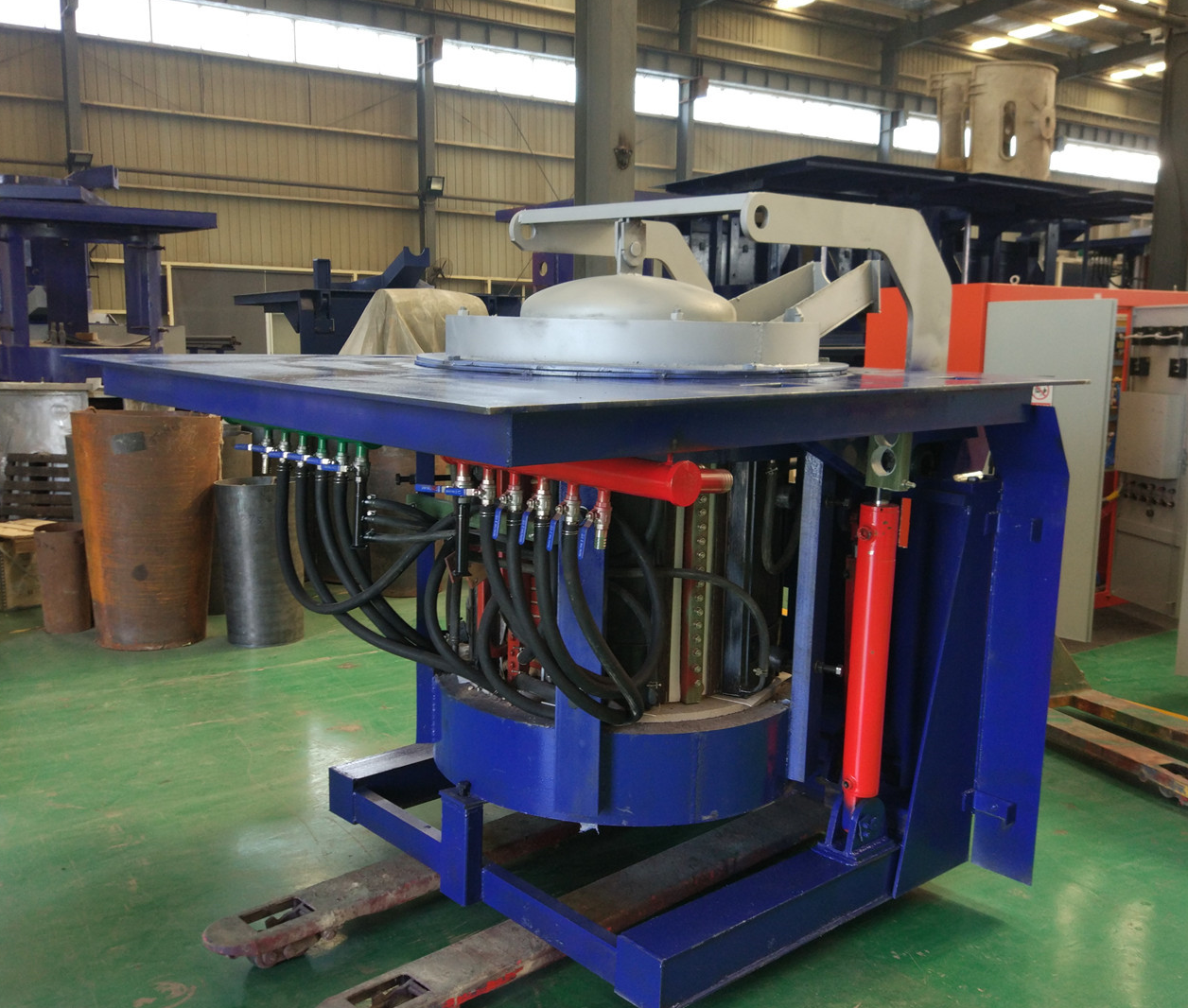
Iron induction furnace
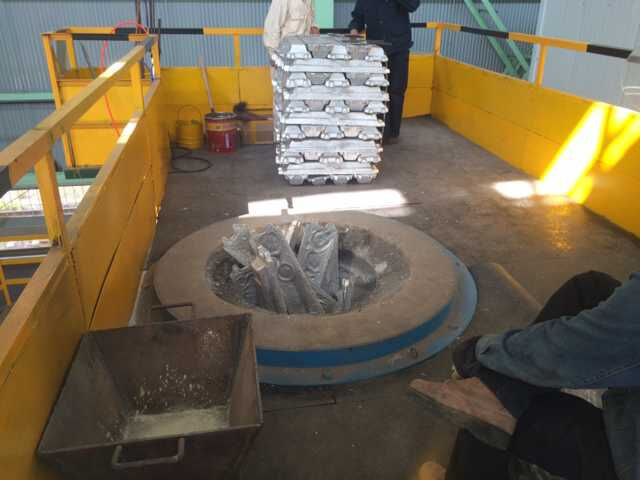
Aluminum melting furnace
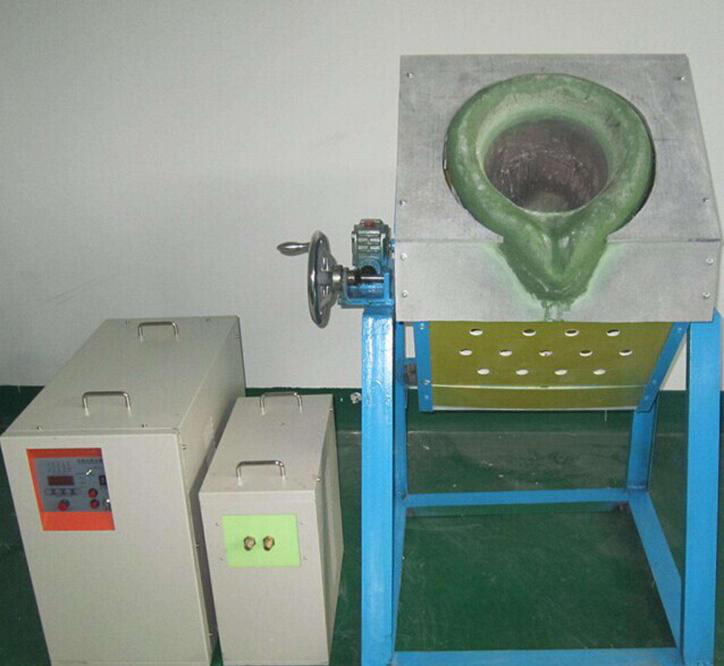
Copper melting furnace
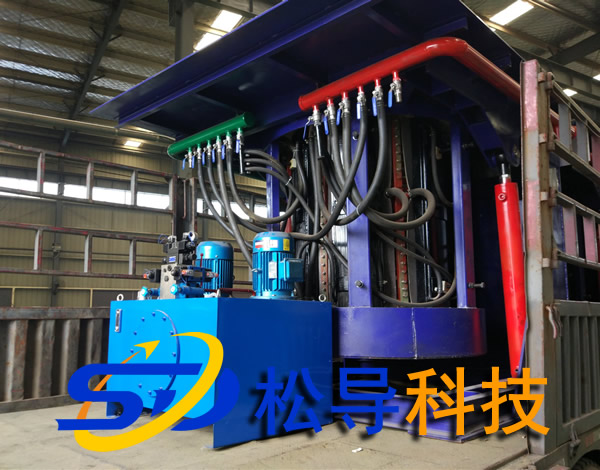
Small steel melting furnace
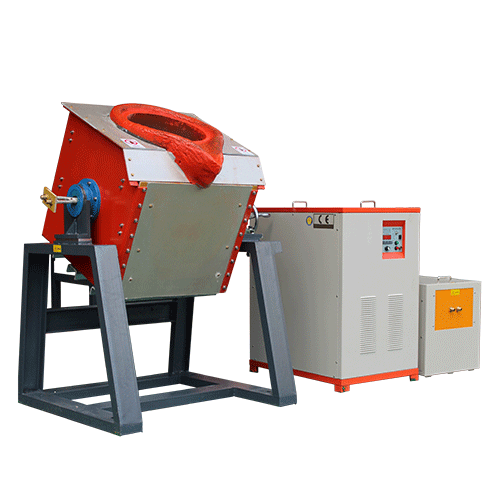
Small induction melting furnace
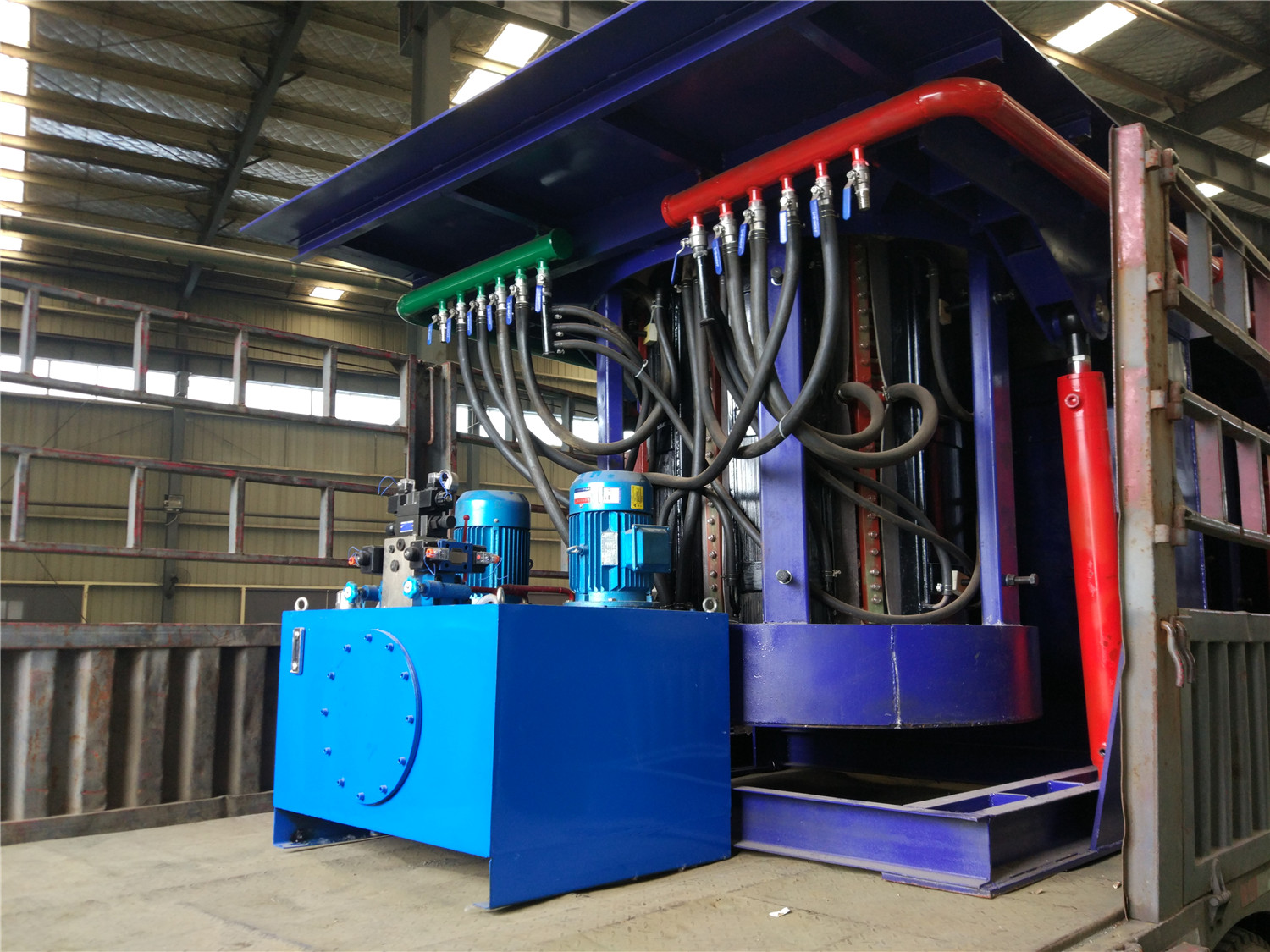
Induction iron furnace
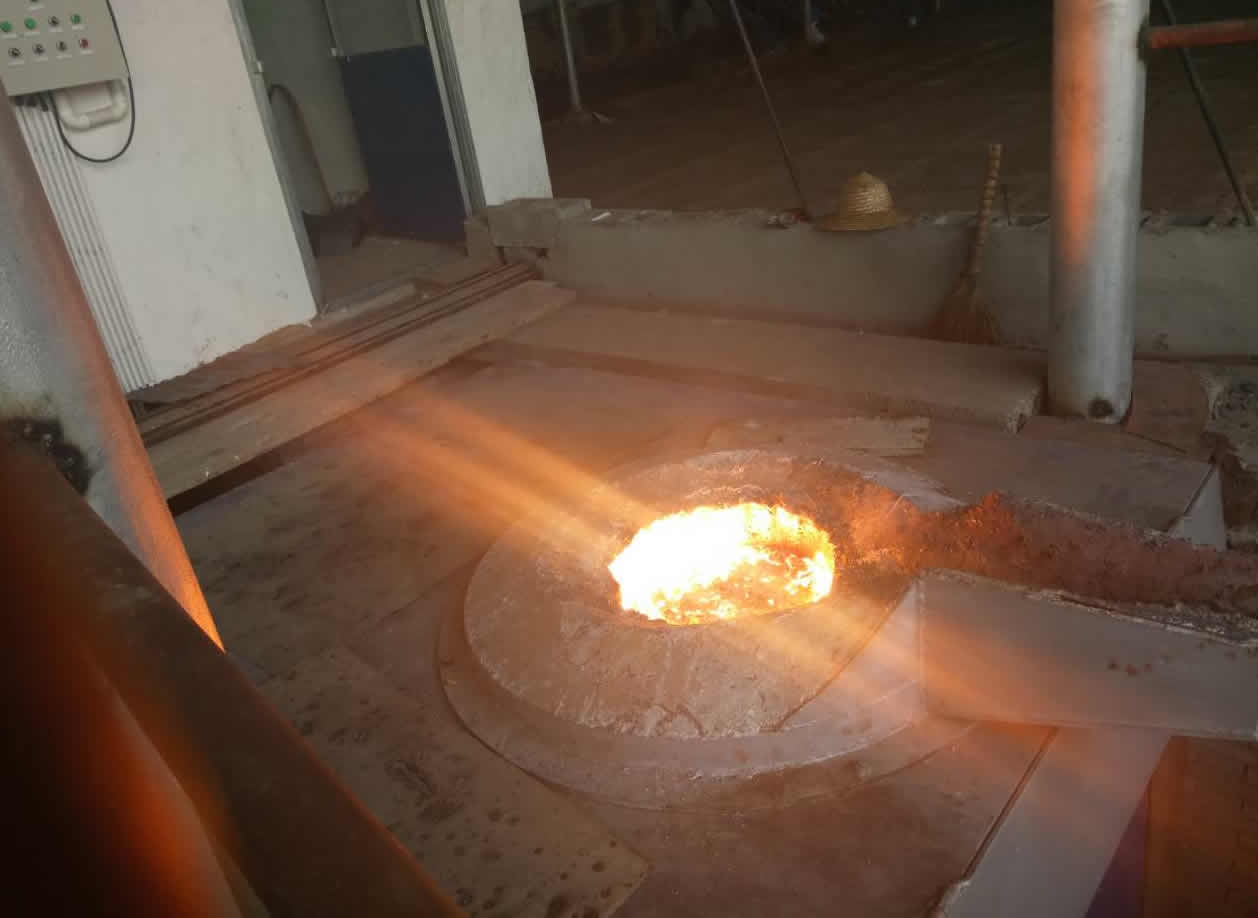
3T intermediate frequency iron melting f
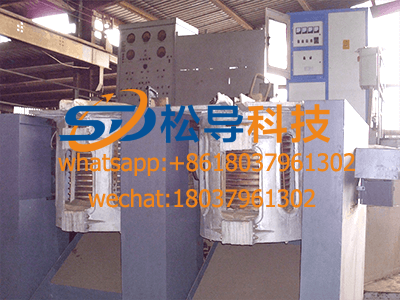
0.25T Intermediate Frequency Furnace
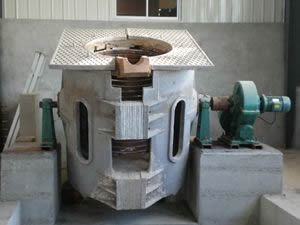
0.5T Intermediate Frequency Furnace
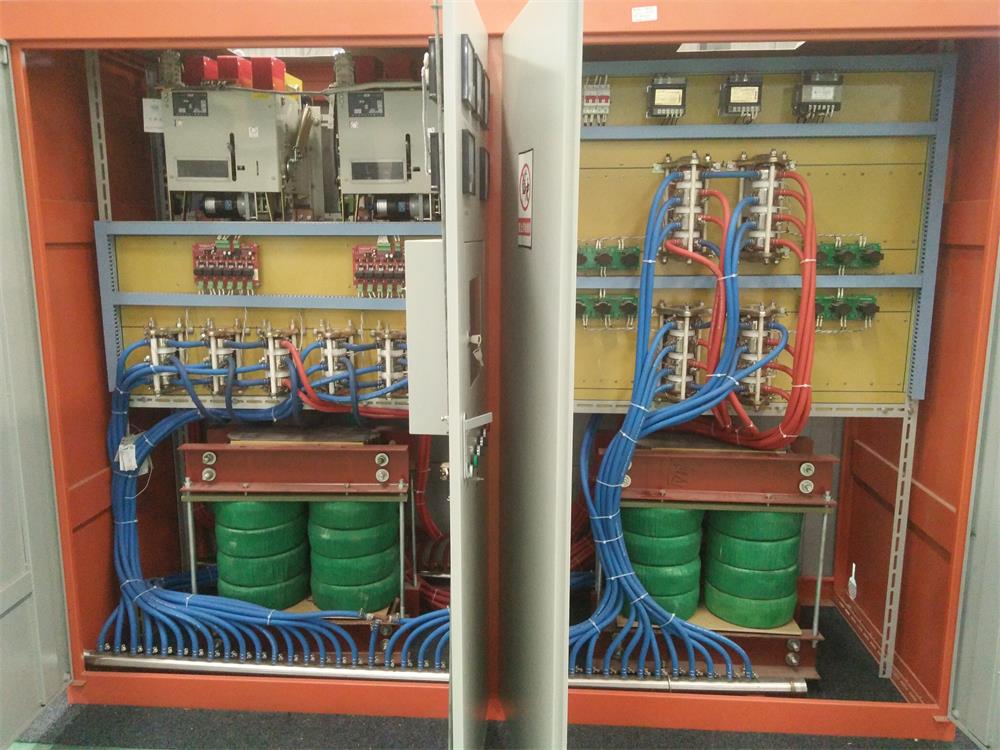
Medium Frequency Furnace

2T Induction Melting Furnace
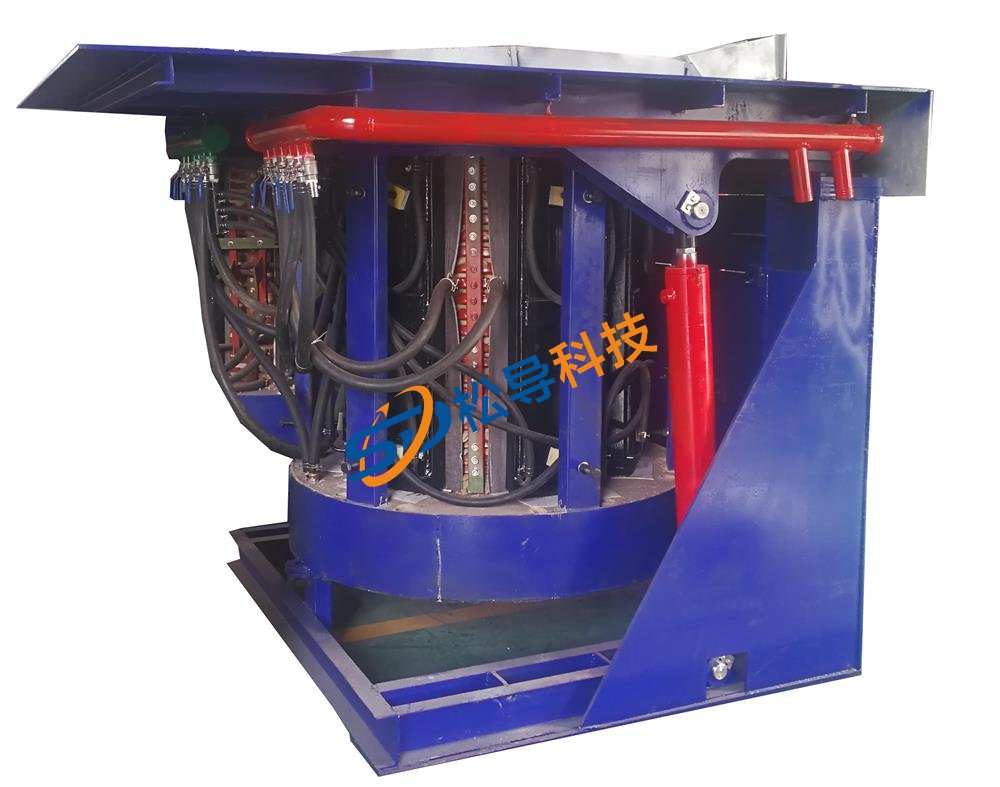
1T Induction Melting Furnace
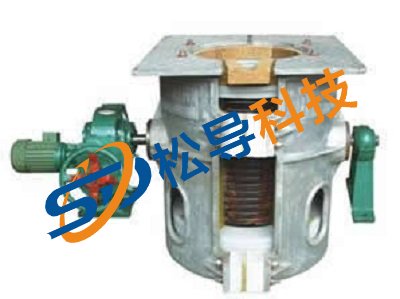
500kg Induction Melting Furnace
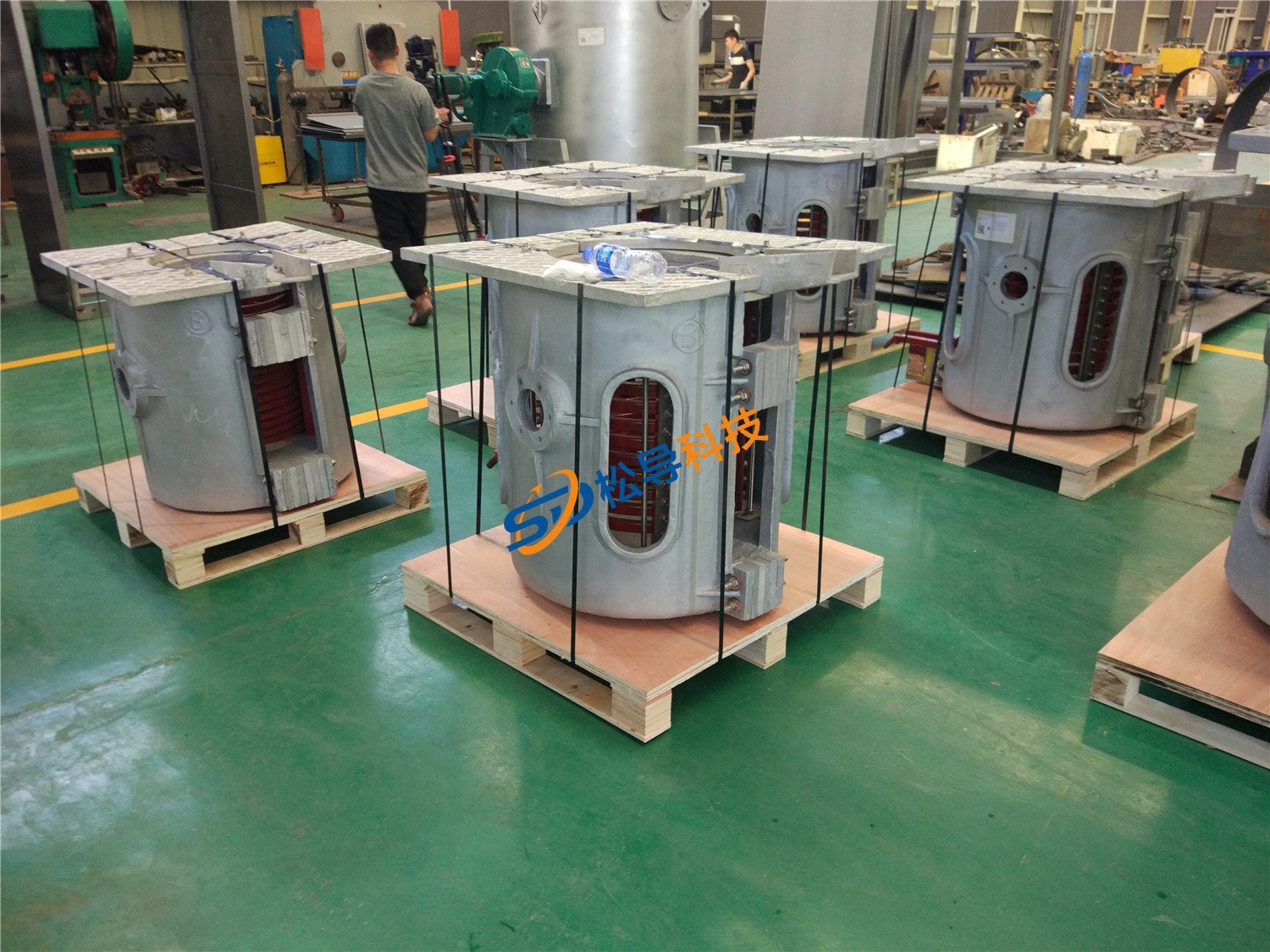
250kg Induction Melting Furnace
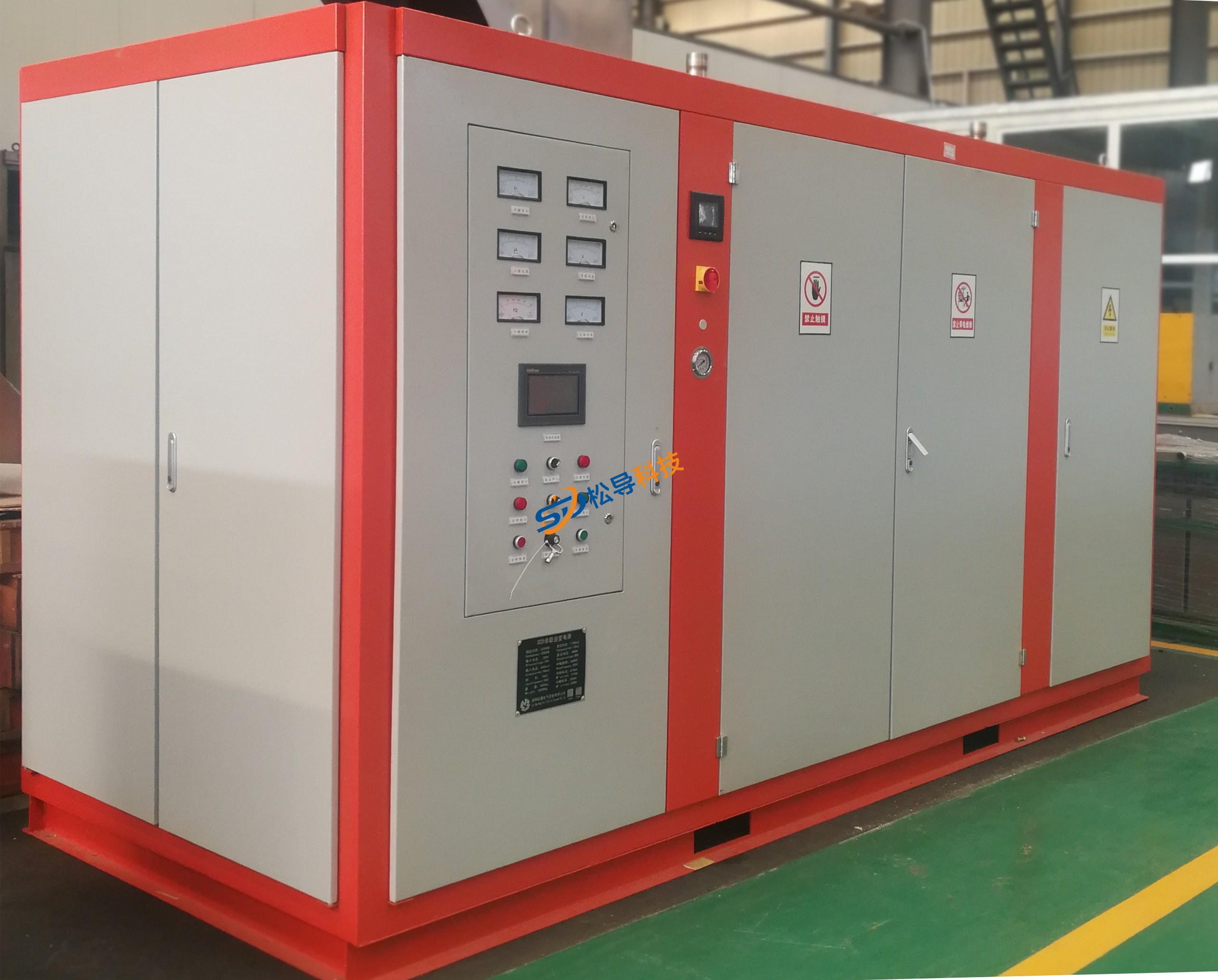
Induction Melting Furnace
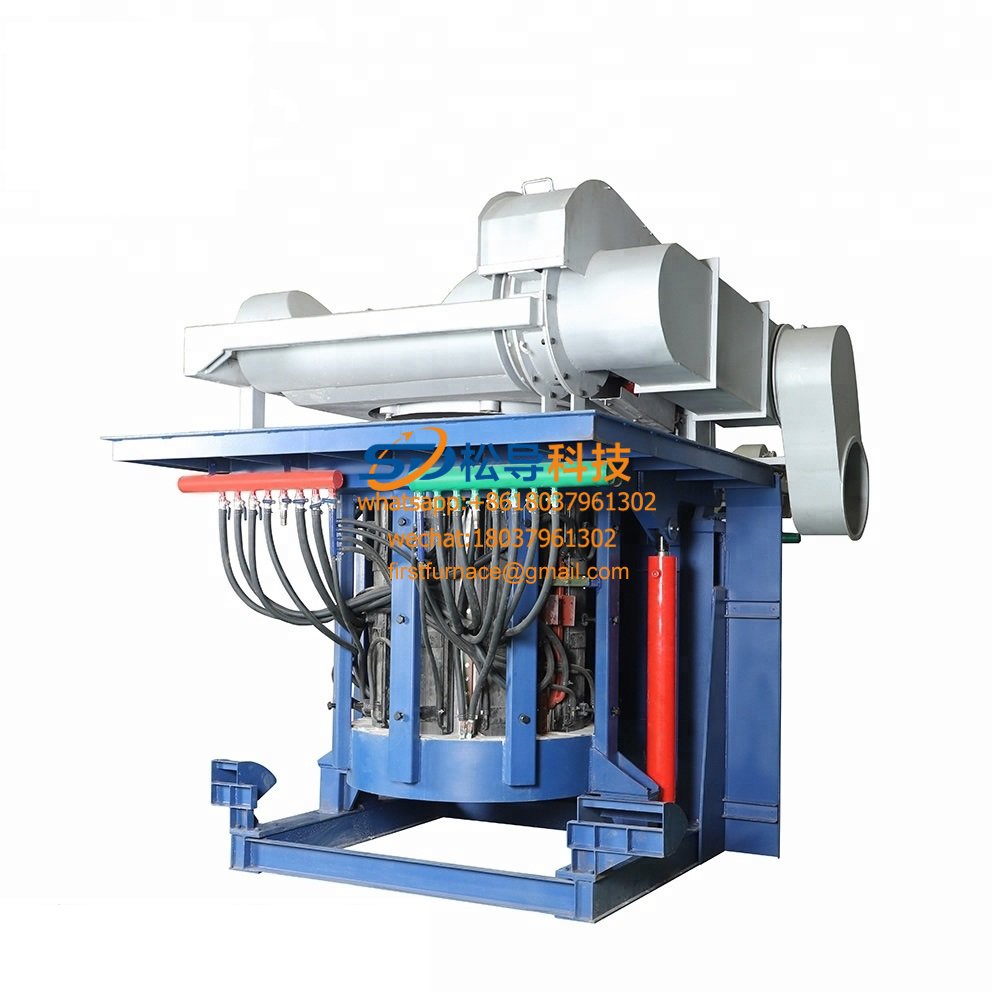
3 T Induction Melting Furnace
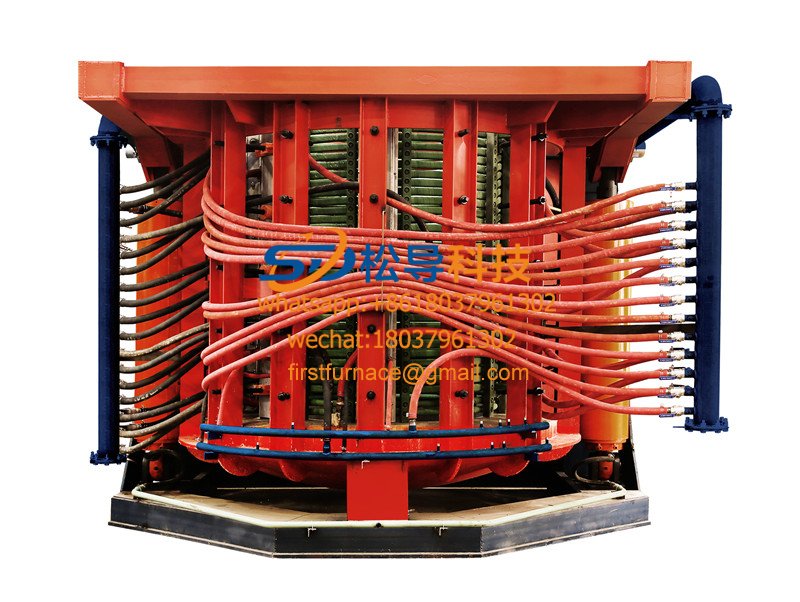
5T Induction Melting Furnace
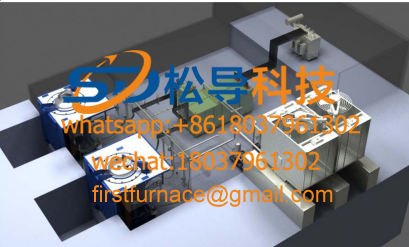
1T One Belt Two Intermediate Frequency F

5T One Belt Two Intermediate Frequency F
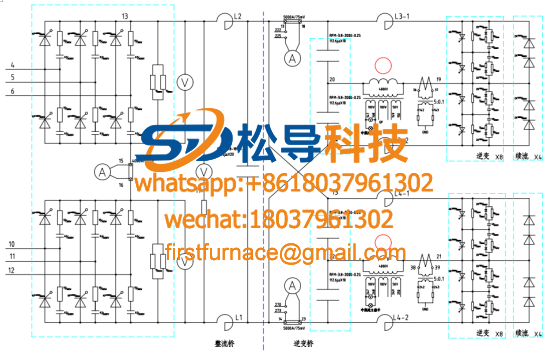
3T One Belt Two Intermediate Frequency F
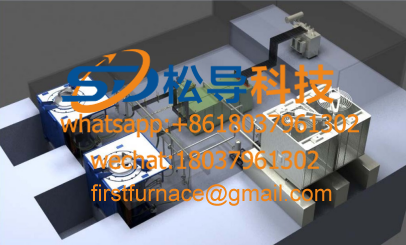
2T One Belt Two Intermediate Frequency F
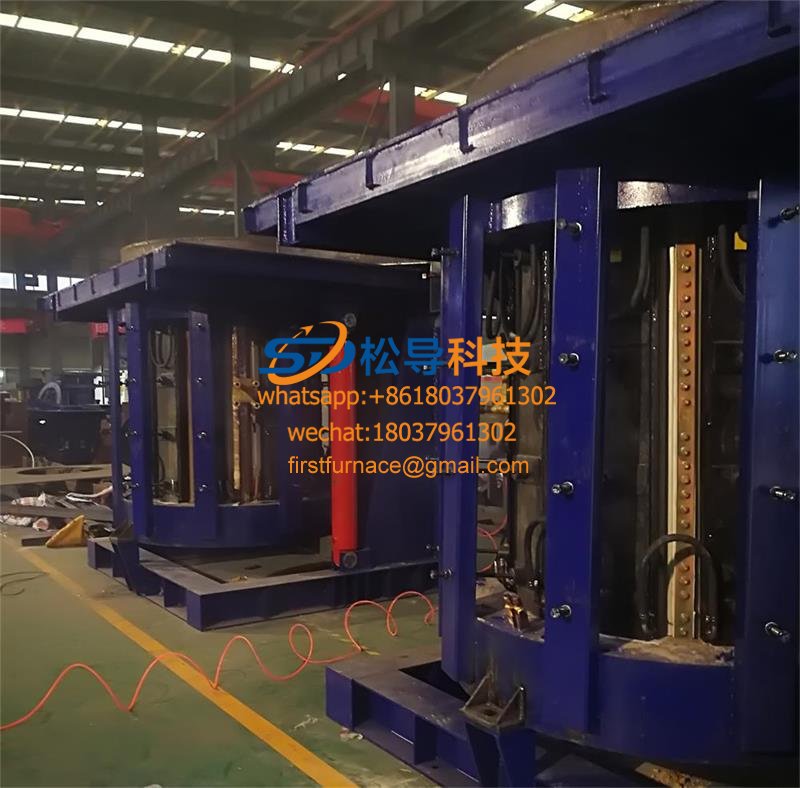
5T Parallel Intermediate Frequency Furna
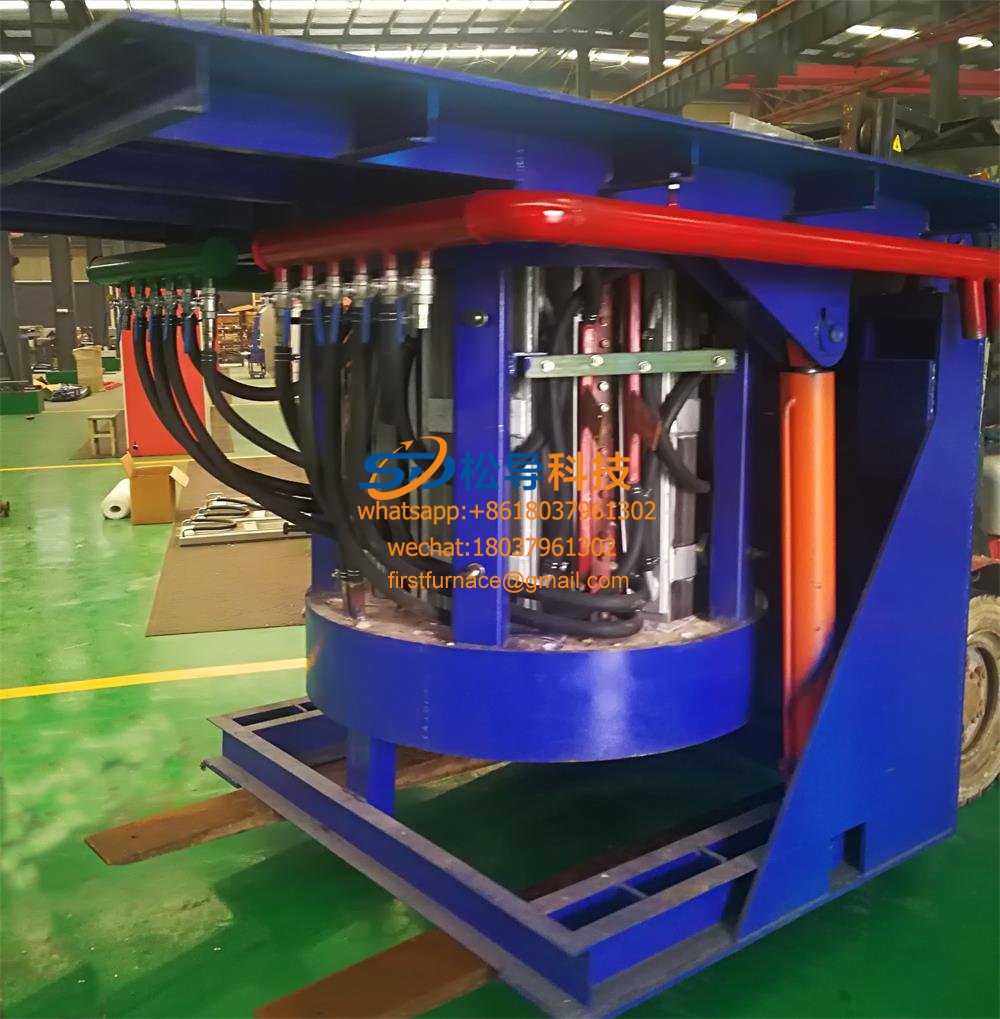
5T Intermediate Frequency Furnace

5T Series Intermediate Frequency Furnace
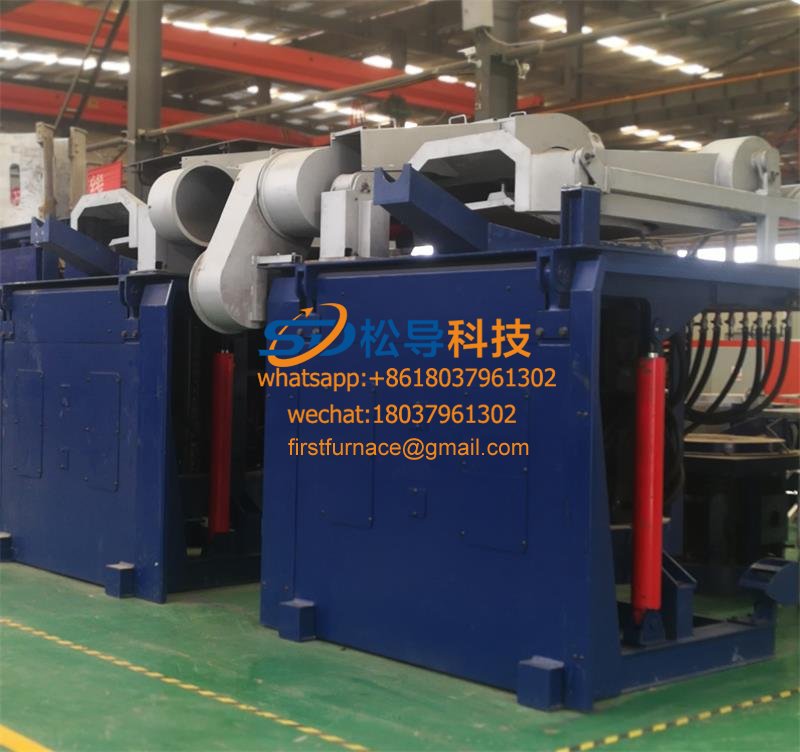
3T Series Intermediate Frequency Furnace
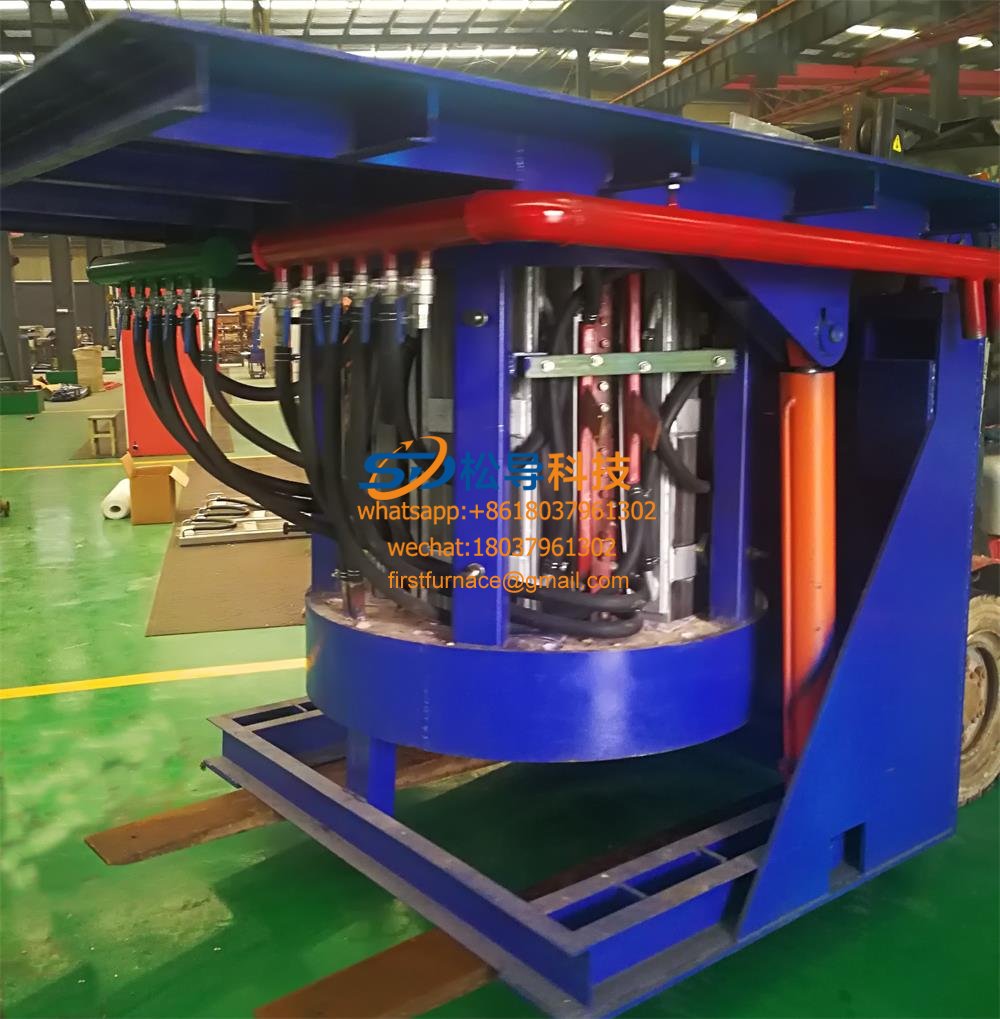
2T Series Intermediate Frequency Furnace
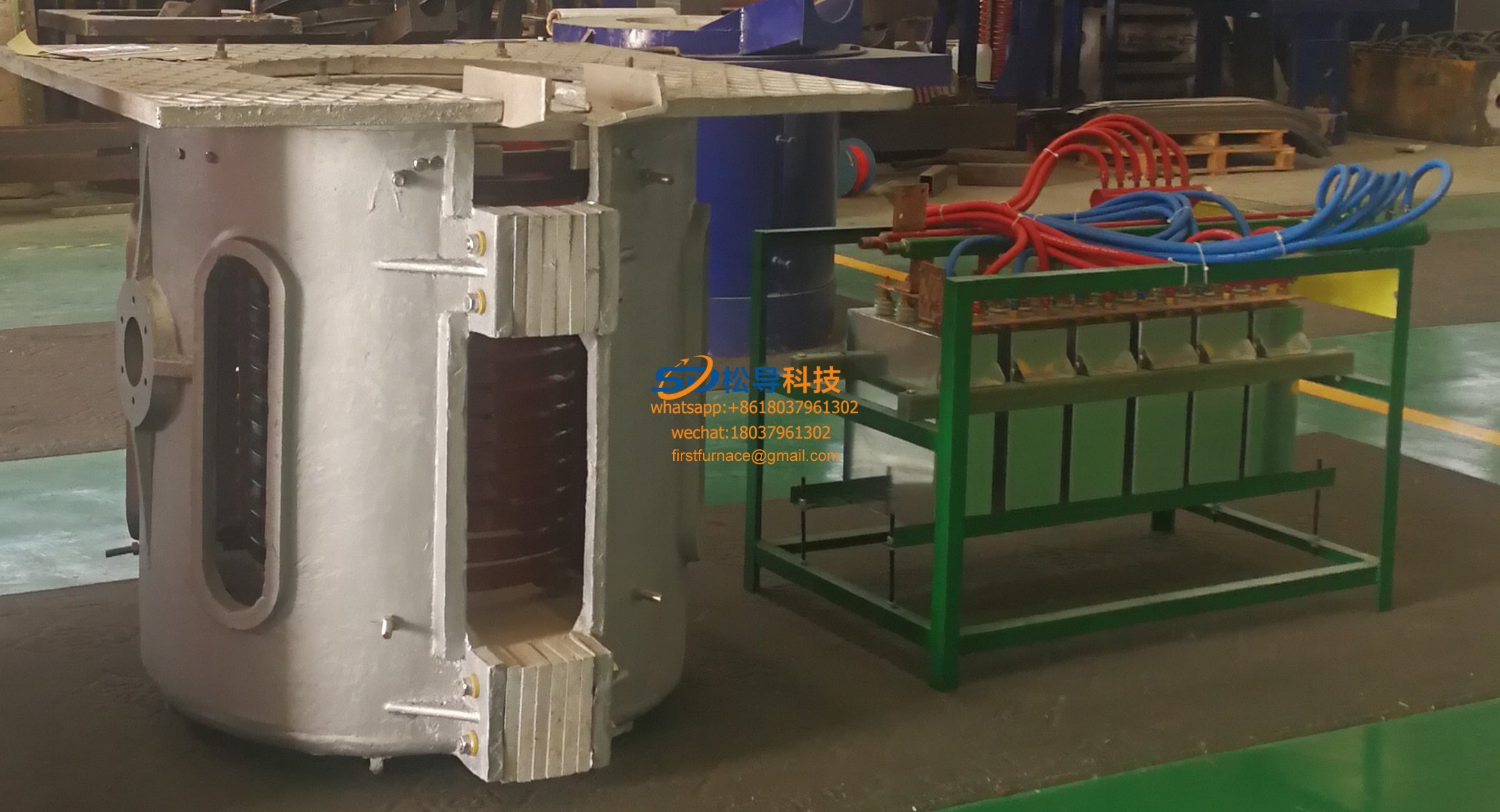
1T Series Intermediate Frequency Furnace
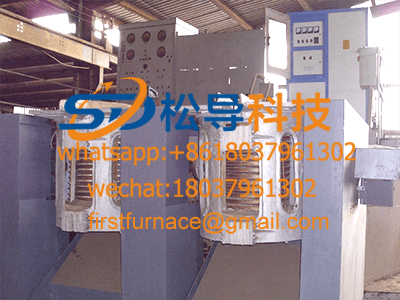
0.5T Series Intermediate Frequency Furna

0.25T Series Intermediate Frequency Furn
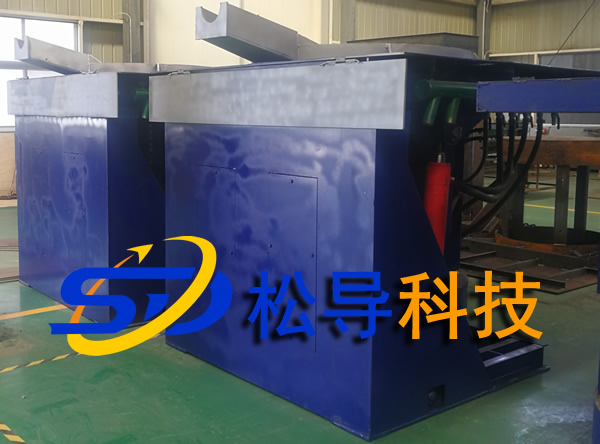
1T Parallel Intermediate Frequency Furna
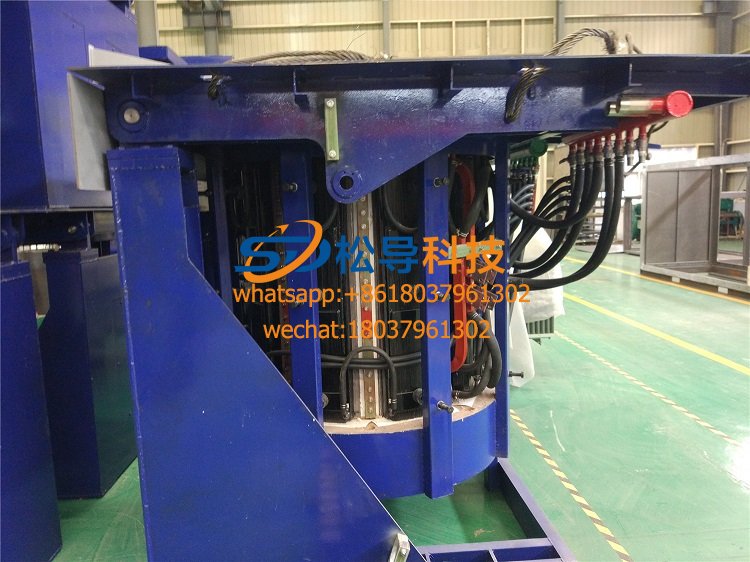
2T Parallel Intermediate Frequency Furna
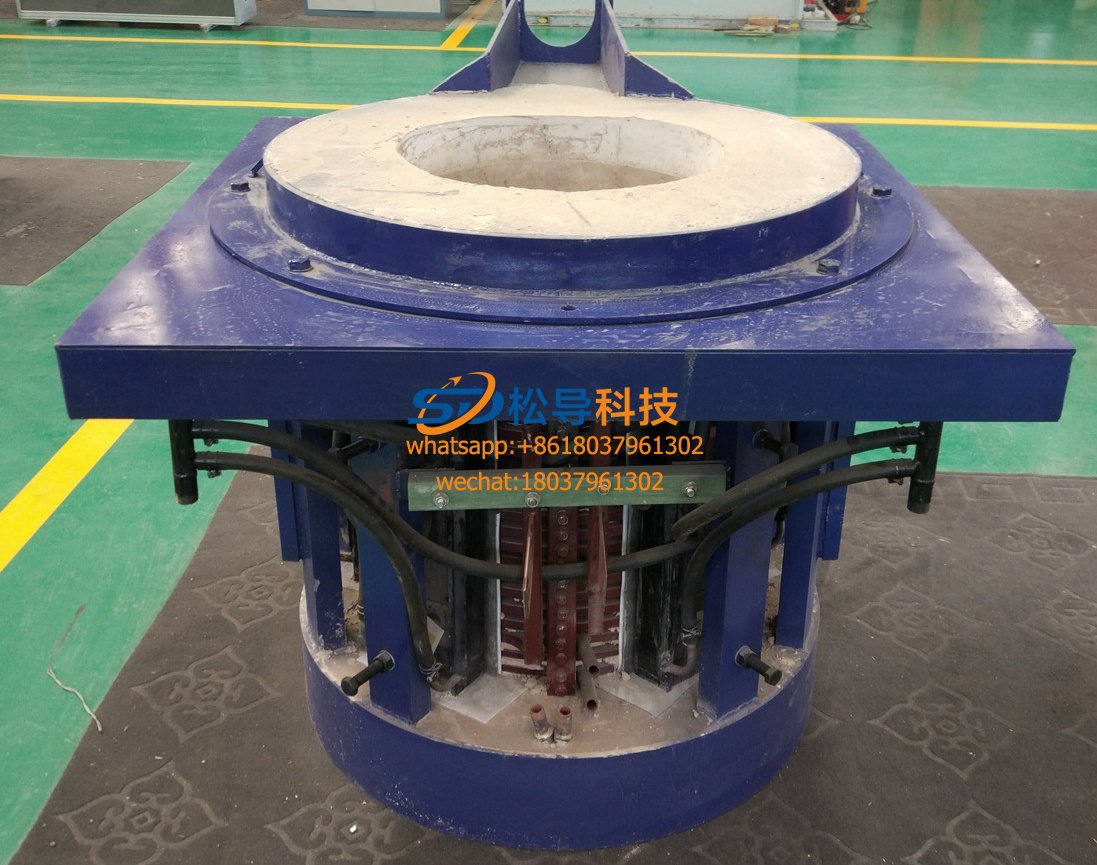
0.5T Parallel Intermediate Frequency Fur
Product Class






